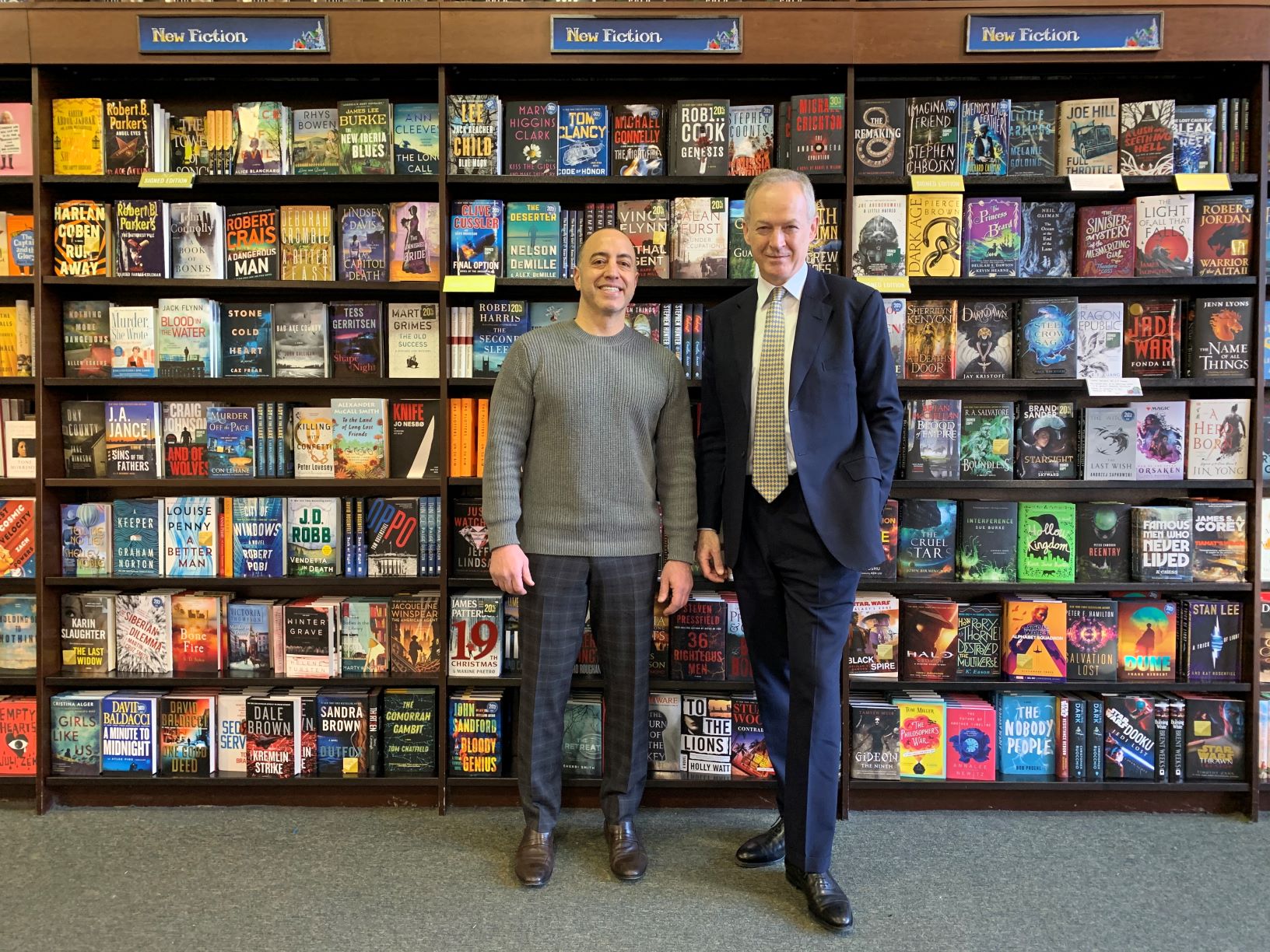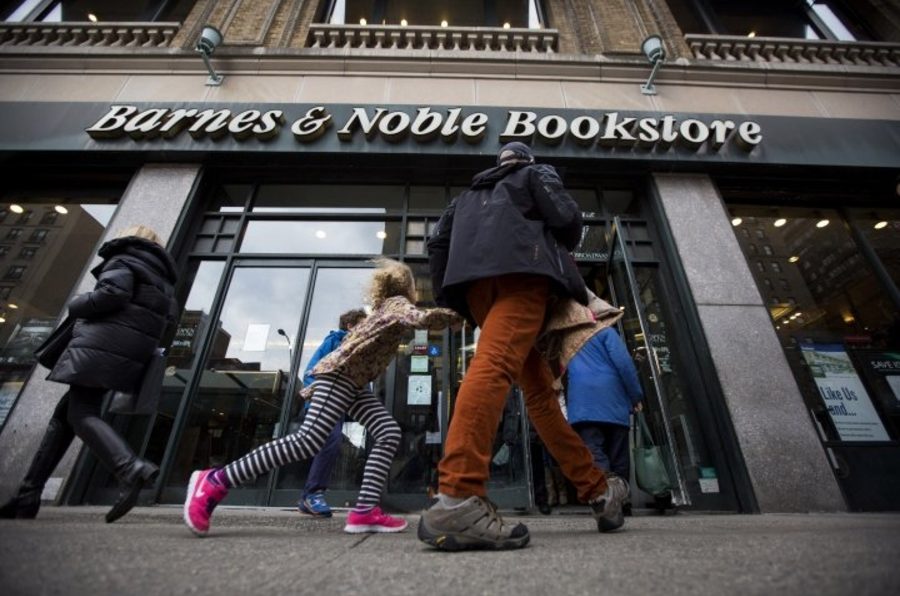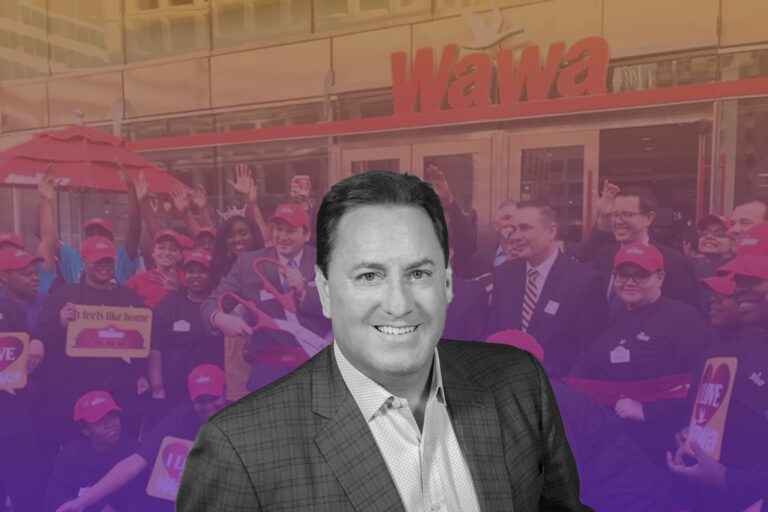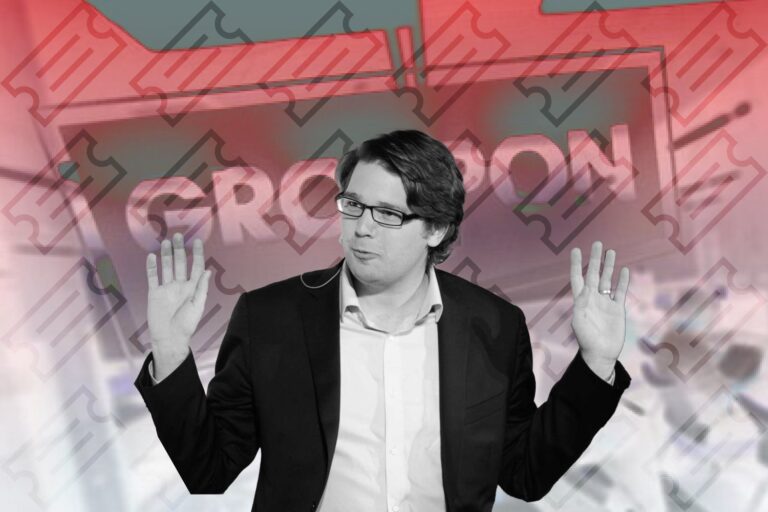Can the Massive Bookstore Chain, Barnes & Noble, Survive in This Digital World?
Before Amazon challenged the survival of Barnes & Noble, it used to be one of the most iconic places for any American book lovers during the twentieth century. It was so popular that if anyone mentioned books, they must have known Barnes & Noble at that time. However, with the invasion of Amazon offering customers with the best price and convenience, just like other brick-and-mortar chain retailing stores, Barnes & Noble is trying to survive in this digital world. Before jumping to the question of its survival, this article will first point out the crucial events of the massive retailer, Barnes & Noble.
The Rise and Fall of Barnes & Noble

The massive bookstore chains dated back to 1917, when two bookselling businessman William Barnes and Gilbert Clifford Noble collaborated, renaming noble’s existing educational bookstore business in New York as Barnes & Noble.
During World War 2, American soldiers became more familiar with carrying lightweight paperback books. Barnes & Noble took the chance when veterans return to American shores. Later, William Barnes’s son John died in 1964 and the conglomerate, Amtel, bought the bookstore in 1969. Then came Leonard Riggio A.K.A Barnes & Noble’s modern-day founder.
Regio got his start in books as a part-time clerk at New York university’s bookstore in the early 1960s. He believed he could run the store better, which led him to the decision of opening the competing student book exchange. It was a success, hence he opened 5 more, and then in 1971, he borrowed capital to buy Barnes & Noble from Amtel for 1.2 million dollars.
Under his leadership, the bookstore chain became one of the need-to-go destinations of American. By 1974 the store offered 150,000 books and earned the title of world’s largest bookstore from the Guinness book of world records and in that same year, it also released the first-ever television commercials from the bookseller.
As it expanded across New York and Boston including opening the smaller discount stores, but it soon shifted investments from those into what made it stable, Megastores, featuring hundreds of thousands of books, reading areas, and cafes. Suddenly it became a destination where customers could spend hours reading and sitting on comfortable armchairs and enjoyably sipping coffee from the in-store Starbucks cafes.
The biggest move which is worth mentioning is when the store bought the chain of B. Dalton bookstores in 1987. It acquired nearly 800 locations, making it the second-biggest chain bookstore behind Walden books at the time. This period could be called the golden age of Barnes & noble. Understandably, the business was more popular everywhere, it also gained a reputation for running smaller bookstores out of business.
After that, Barnes & Noble opened its online store B. N.com in 1997. Right around the time, another entrepreneur founded his online bookselling business out of his garage in a suburb of Seattle, Jeff Bezos, the founder of Amazon. Even though Amazon quickly expanded beyond books, Barnes & Noble took Bezos to court when he claimed that his store was the world’s largest bookstore, the lawsuit was eventually settled out of court. But this indicated the beginning of a downward spiral for Barnes and Noble since it struggled to keep pace with the internet retail disruption.
Later, to compete with Barnes & Noble, Amazon teamed up with Barnes & Noble’s rival, Borders, in 2001 to sell more books online. Thanks to the previous relationship with Borders, then when the store folded in 2011, Amazon was able to grab a huge share of Borders customers.
Then Barnes & Noble tried to expand into more segments including selling music and movies while popular streaming services like Spotify and Netflix also entered the scene. It tried launching its e-reader, Nook, in 2009. But the decision was quite late, it was 2 years after Amazon introduced the Kindle and 1 year before Apple launched its first iPad. Thus, all the while, foot traffic to the company’s B. Dalton stores started falling in the mid-1990s.
In 1995, it decided to step up closing mall stores until all B. Dalton bookstores were dark by 2010, the purpose of that decision was to focus on its own Barnes & Noble superstores instead. Yet it even had to close those locations over the years. Meanwhile, the independent bookstores that Barnes & Noble once defeated, are making a comeback. The number of independent bookstores increased by 35% between 2009 and 2015.
Today, Amazon accounts for 72% of adult new book sales online and 49% of all new book sales by units according to The Wall Street Journal. While Amazon is on its rise to the top, Barnes & Noble went the opposite direction. It is estimated by the Securities and Exchange Commission that the total sales decreased by approximately 1 billion dollars from 2014 to merely $3.66 billion in 2018. Overall, the net loss in 2018 was super high around $125.5 including a goodwill impairment charge of $133.6 million, while the loss of 2014 was $47.3 million. This huge loss had been currently threatening the survival of this bookstore chain.
The Company Is Putting Efforts into Saving Itself from Extinction
But is it too late?
According to Santiago Gallino, Wharton professor of operations, information and decisions, it is not too late, there is always a way ahead to save the business. The advantage of Barnes & Noble is that it has good brand recognition, which is a “huge asset”. The disadvantage is that there are too many needed changes which are not small ones. While Toys ‘R Us, Circuit City, and Radio Shack were also famous brands but went bankrupt, yet Best Buy is an exceptional example of a bricks-and-mortar company that could turn around and thrives. Who knows that a similar outcome could happen to Barnes & Noble. Gallino also believes that having a new owner is showing a good sign, it means that someone is confident enough to invest money and trust the company to be able to turn around.
On June 7 last year, U.K. hedge fund Elliott Advisors acquired Barnes & Noble for $6.50 per share or about $475 million in cash. This transition included the assumption of debt, which means the deal was worth $683 million.
Now Elliot is the owner of the two biggest bookstore chains with Barnes & Noble in the US and Waterstones in the UK. Barnes & Noble owns 627 stores in all 50 states while Waterstones has 293 bookstores in the U.K., Ireland, The Netherlands, and Belgium. The booked sales of Waterstones in the fiscal year 2018 were $505 million, a bit less than that of Barnes & Noble.
New CEO’s plan to save the business

A difficult task lies on the shoulder of the new CEO, James Daunt, yet he prepares a plan for the company to recover. As the former owner and a vivid reader, Daunt believes that Barnes & Noble need more investments instead of just cutting cost. He said in an interview with Publishers Weekly that: “The basic fact is that Barnes & Noble needs more money: the customers want to shop in a place which is clean, modern and inviting, while Barnes & Noble looks tired and needs more energy”. His idea, which was carried out in Waterstones, is to give each branch manager more autonomy to cater to locals. “In this way, the workshop will have a personality”, he shared on The Guardian, a U.K. paper, in 2018.
Daunt’s aim is to make each workshop have its characteristics and become unique. By doing so, he wishes to reinvigorate the chain one step at a time. Besides, there will be less pressure from Wall Street once Elliott takes the company private. “There are some people who prepare a 100-day plan, but I am not going to plan like that, and this is not that kind of situation,” he told Publishers Weekly. “I am not heading to Barnes & Noble and saying this is the answer. We are in a vocational trade and we make money by doing booksellery things. There will be harsh changes to make, but hopefully not too many. I am looking forward to facing those challenges”
Acknowledging the wrong move
According to the experts, that betting aggressively on its Nook to compete with Amazon’s Kindle was a wrong move. Ray Wimer, professor of retail practice at Syracuse University spoke on SiriusXM that “They got a little bit of a late start, which I think hurt them”. This statement was true since their sales of Nook declined dramatically from $505.9 million in 2014 to $111.5 million in the fiscal year 2018. This is the worst performing business within Barnes & Noble.
Books are so easy to purchase online. The differentiators here are the price and the convenience, which are Amazon’s strength. Gallino notes that: “Books, in particular, are a category where customers are incredibly price-sensitive”. Moreover, books are a category where the risk of low quality from buying online is extremely low. It is not similar to perfume or clothes that might require the buyers to try before buying. With books, if the customers are not in a rush, they can just simply order and wait for the shippers to come.
Suffering from customer traffic declines, Barnes & Noble also implemented a multi-year strategy focused on reviving its core business. This strategy includes several aspects that the company aims to improve. It could be listed as improving its merchandising offerings, increasing promotional activities, narrowing product assortments, making navigation in the stores better, enhancing product discovery, and many more.
Yet the strategy was not enough to recover the business. Barbara Kahn, Wharton marketing professor, believed that “the company just doesn’t give enough reasons for the customers to go into the store”. If a shopper thinks of a meal or a cup of coffee, they will not probably think of Barnes & Noble. And she also mentions: “you want to buy a book, it’s just easier to buy it online even if you want a physical book.”
Experts’ Recommendations for Barnes & Noble
Kahn suggests that Barnes & Noble should do what bookstores do best in ways that Amazon cannot match, such as holding more author and community events. The company can also try to have a “store within a store” to further drive up excitement. What it should not do is to lay off the staff to cut costs when there is not much profit. Kahn believes that this can hurt customer experience and further declining sales.
According to another expert, Wimer, he supposes that Barnes & Noble can take advantage of the toy section, which is an opportunity in the U.S. now with Toys ‘R’ Us going away. He also suggests that the company can collaborate with the favorite kid’s brand, Lego, and additionally they can even create a small place in the store as a play area for kids. He adds that the bookstore can also partner with the local schools to celebrate events involving Legos, which can be a unique thing of the store.
Kahn recommends another method for the company, which is to partner with the authors to offer books exclusively for a period. This strategy has been implemented by other retailers and created a great effect. She stated, “For a period like 6 months, the sole place which can give you those books is Barnes & Noble”. To create buzz during this exclusive period, the company should promote the book launches more by holding community events and conducting other reading activities.
By innovating, the independent bookstores have survived in this Amazon-driven retail world. Their way is to create a place for readers to eat, meet, and socialize, they also provide stocking books geared to local tastes. This has gradually become the niches that differentiate themselves from other bookstores and helped them survive. According to NPR, from 2019 to 2015, the number of independent bookstores increased by 35% at a time when the traditional retailers were folding. In contrast, e-book sales have fallen around 20% of the book sales. Wimer claimed that “it appears that the customers are more into the physical books now.”
After turning around Waterstones with the independent-bookstore strategy, many are hoping that James Daunt’s success plan will replicate in Barnes & Noble. Since real readers need a place where they enjoy reading physical books, thus places like Barnes & Noble are essential for these readers. With the effective recommendations from the experts and the talented CEO, James Daunt, let us see what the next chapter for this massive bookstore chain is.









